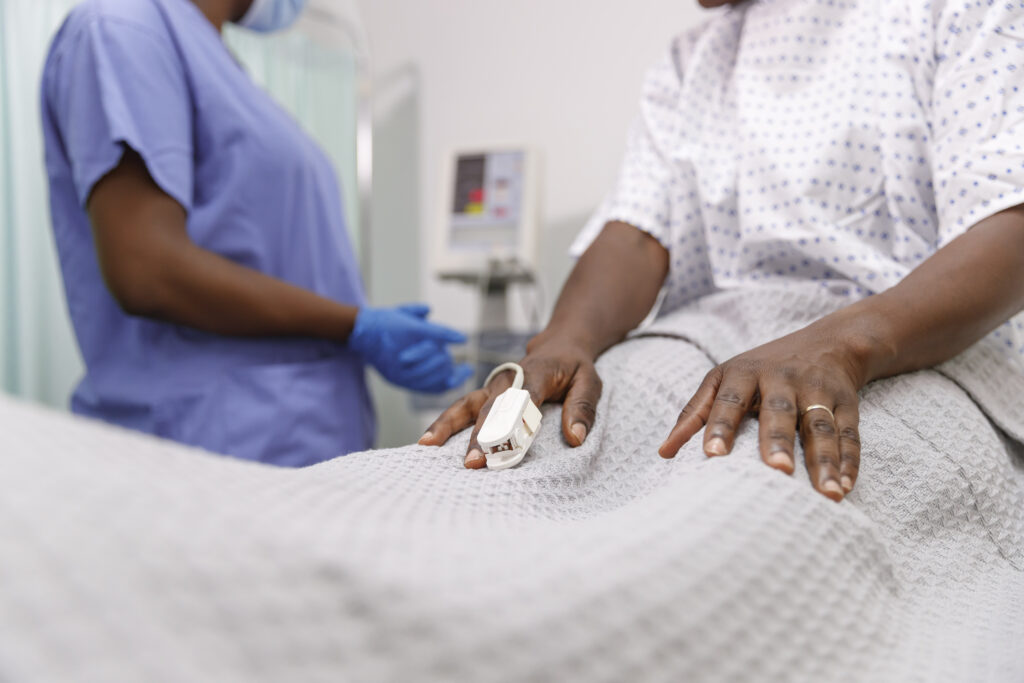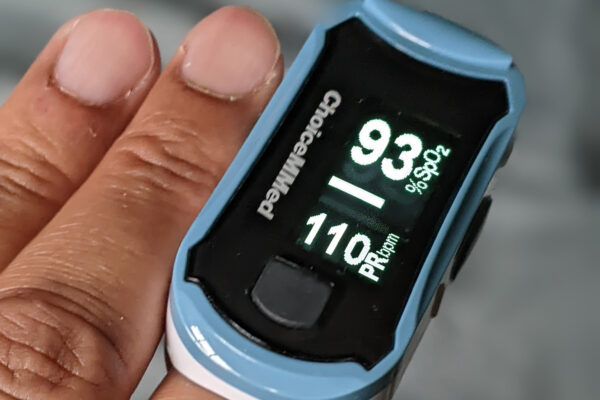
Pulse oximeters send light through a clip attached to a finger to measure oxygen levels in the blood noninvasively. Although the technology has been used for decades — and was heavily used during the COVID-19 pandemic — there is increasing evidence that it has a major flaw: it may provide inaccurate readings in individuals with more melanin pigment in their skin. The problem is so pervasive that the U.S. Food & Drug Administration recently met to find new ways to better evaluate the accuracy and performance of the devices in patients with more pigmented skin.
Christine O’Brien, PhD, an assistant professor of biomedical engineering at the McKelvey School of Engineering and of obstetrics and gynecology at the School of Medicine, and Leo Shmuylovich, MD, PhD, an assistant professor in the Department of Medicine’s Division of Dermatology at the School of Medicine, both at Washington University in St. Louis, are seeking ways to mitigate this potential bias. With a two-year $375,000 grant from the National Institutes of Health (NIH)’s National Institute of Biomedical Imaging and Bioengineering, O’Brien and Shmuylovich are looking at using new experimental systems that allow skin pigmentation to be varied while all the other physiologic parameters remain the same as well as changing the pulse oximeter wavelengths from red light to short-wave infrared light, which minimizes melanin absorption and scattering.
“The racial bias observed in these devices may cause harm by impeding respiratory support in individuals with low blood oxygenation,” O’Brien said. “Overcoming this bias and separating it from other sources of potential error in the oximeter is critically important to ensuring that patients with more pigmented skin are not denied lifesaving care due to devices that fail to meet the needs of a diverse population.”
Read more on the McKelvey Engineering website.


